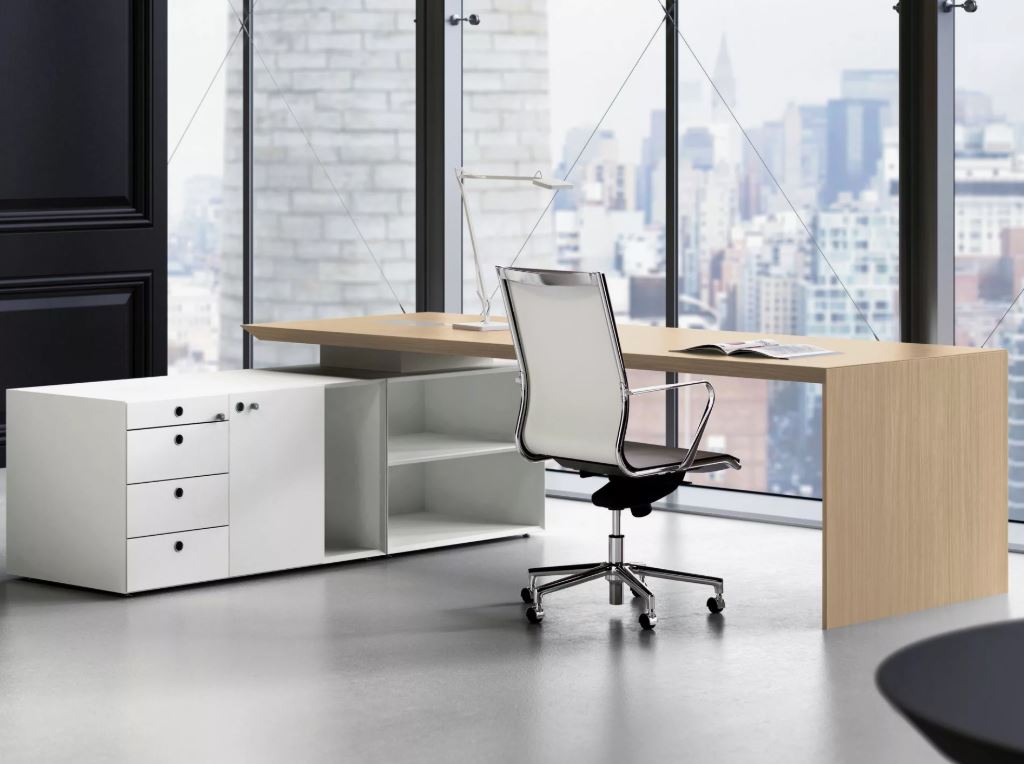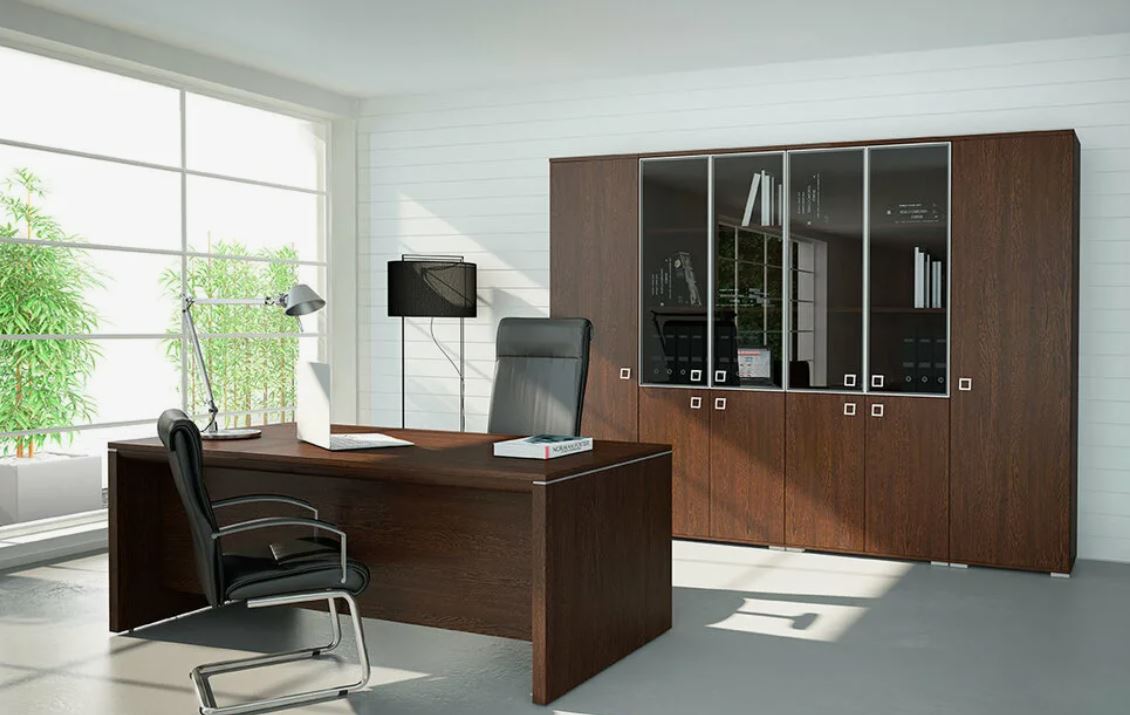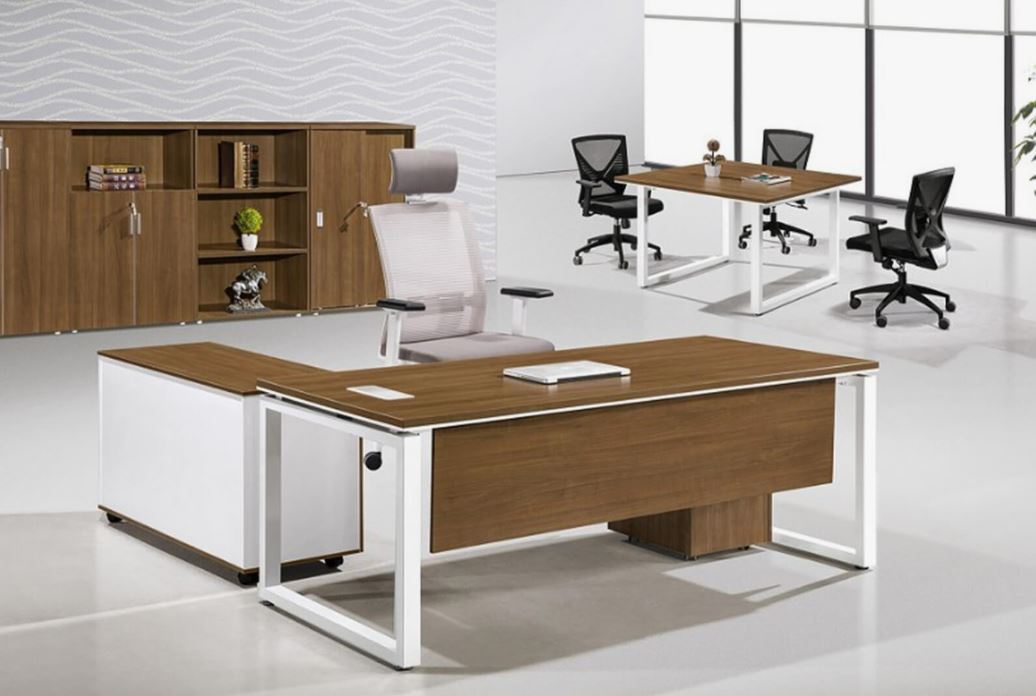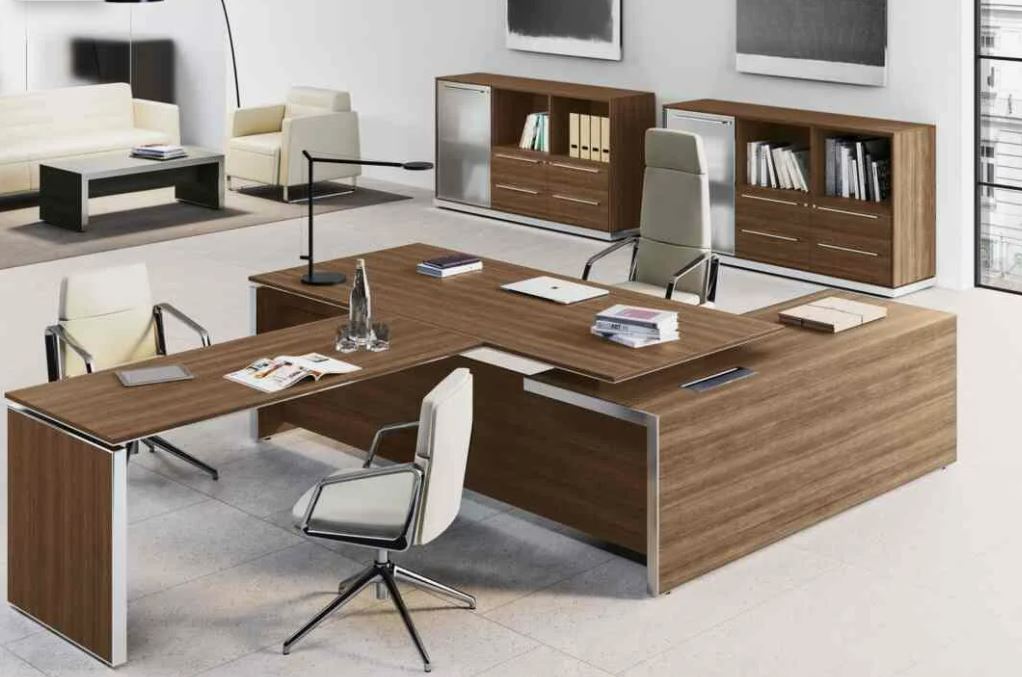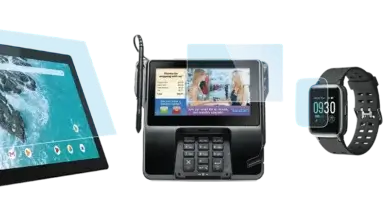Flexible Office Table and Chair Setups for Modern Teams
Adaptive Office Table and Chair for Agile Teams


In today’s fast-evolving work culture, the office table and chair setup plays a crucial role in shaping team performance, comfort, and collaboration. As organizations move towards hybrid work models, open layouts, and agile methodologies, traditional office furniture is giving way to more dynamic and adaptable solutions. The once static workspace is now being reimagined to foster communication, accommodate various work styles, and support employee well-being.
This article explores how flexible office furniture setups particularly office tables and office chairs are redefining how modern teams function, collaborate, and thrive.
1. The Changing Nature of Workspaces
Gone are the days when employees were bound to a designated desk from 9 to 5. With the rise of remote work, co-working spaces, and activity-based working (ABW), office layouts are undergoing a transformation. Organizations now recognize the importance of providing environments that support a variety of tasks from focused solo work to group brainstorming sessions.
This transformation places a spotlight on office furniture that is modular, adjustable, and easy to reconfigure. Teams need to move from one type of task to another seamlessly, and their physical environment should support that fluidity. Flexible office table and chair setups are at the center of this shift.
2. Modular Office Tables: Building Blocks of Flexibility
One of the most valuable assets in a modern workspace is a modular office table. These tables are designed with mobility, reconfiguration, and multi-functionality in mind. Whether it’s a compact table for focused individual work or a larger one for team discussions, modular tables can be quickly adjusted to meet changing demands.
Features of modern modular tables include:
- Foldable or nesting legs for easy storage
- Adjustable heights to switch between sitting and standing modes
- Expandable surfaces to accommodate more users or equipment
- Built-in cable management to keep workstations clean and efficient
Such features enable quick transitions between different working styles, enhancing team agility. They also allow businesses to make better use of limited space, a key benefit in urban office settings.
3. Ergonomic Office Chairs: Comfort That Moves with You
Flexible workspaces demand equally flexible seating. Traditional, static chairs can hinder movement and cause discomfort during long hours. Modern office chairs are engineered to offer both ergonomic support and mobility.
Key attributes of high-quality flexible office chairs include:
- Adjustable lumbar support
- Tilt and recline mechanisms
- Height and armrest customization
- Swivel and smooth-rolling casters for mobility
- Breathable materials for all-day comfort
Ergonomic design isn’t just a luxury, it’s essential. Poorly designed office chairs can lead to back pain, neck strain, and poor posture, which ultimately affect productivity and well-being. Chairs that can be personalized for individual comfort help reduce fatigue and keep team members focused and energized.
4. Hot-Desking and Shared Workstations
Hot-desking has become a common feature of modern offices. Instead of assigning fixed desks to each employee, companies create shared workstations that employees can reserve or use on a rotating basis. This approach requires office furniture that adapts to a wide range of users.
In these setups, it’s vital that both office tables and chairs are adjustable to accommodate different body types, heights, and working preferences. Features like easy-to-use adjustment levers and quick-release mechanisms help users configure their setup in seconds.
Hot-desking not only improves space utilization but also fosters cross-departmental collaboration. With flexible office furniture, organizations can maintain comfort and ergonomics without sacrificing the benefits of shared workspaces.
5. Collaboration Zones and Breakout Areas
While individual work is important, collaboration is the lifeblood of modern teams. Office layouts now often include designated zones for informal meetings, brainstorming sessions, and creative discussions.
In these zones, office furniture should encourage face-to-face interaction while maintaining comfort. Low-profile office chairs with swivel capabilities, lightweight materials for easy relocation, and round or oval office tables are ideal for such setups.
Adding accessories like mobile whiteboards, media consoles, and acoustic dividers enhances the effectiveness of these spaces. A thoughtfully furnished collaboration zone can increase engagement, creativity, and teamwork.
6. Sit-Stand Workstations for Active Working
Sedentary behavior has been linked to a host of health problems, from obesity to cardiovascular issues. That’s why more workplaces are embracing sit-stand desks as part of their office furniture strategy.
These adjustable office tables empower users to alternate between sitting and standing throughout the day, promoting better posture and circulation. Paired with height-adjustable office chairs, they form a dynamic setup that supports movement and well-being.
For teams, having access to multiple sit-stand workstations ensures that everyone can enjoy the benefits of an active working environment. It also demonstrates a company’s commitment to employee health.
7. Hybrid Work and Home Office Integration
With more professionals splitting time between office and home, consistency in work furniture becomes essential. Employees are increasingly seeking similar comfort and functionality in their home setups as they get in the office.
Organizations that provide guidance or even stipends for home office furniture often recommend compact yet ergonomic office tables and chairs. Portability, ease of assembly, and multifunctional use are key features to look for in furniture that serves both professional and personal spaces.
Creating synergy between office and home setups helps reduce transition friction and supports productivity across environments.
8. Design and Aesthetic Harmony
Flexibility isn’t only about function; it’s also about aesthetics. Today’s office furniture must blend into varied environments while maintaining a consistent brand identity. Clean lines, neutral color palettes, and mix-and-match elements allow office tables and chairs to transition easily between different zones.
Maintaining a cohesive look with flexible furniture ensures the workplace feels organized and intentional. Visual harmony contributes to reduced stress, improved mood, and a more professional atmosphere that reflects organizational values.
9. Sustainable and Future-Proof Choices
Sustainability is another growing concern for modern teams and businesses. Flexible office furniture often incorporates environmentally responsible materials and designs that are meant to last through multiple reconfigurations and office overhauls.
Investing in high-quality, adaptable office tables and chairs reduces waste by extending the product lifecycle and minimizing the need for frequent replacements. In the long term, this not only lowers costs but also aligns the business with eco-conscious values.
Furthermore, choosing furniture that can adapt to future technological changes such as integrated power modules, smart storage, and IoT compatibility ensures your office remains future-ready.
10. Empowering Teams Through Customization
One of the biggest advantages of flexible office setups is the ability to empower employees to tailor their workspaces. When individuals can adjust their office table and chair according to their needs, they feel more in control, more comfortable, and ultimately more engaged.
Offering a range of office furniture options from stools and lounges to standing desks and collaborative benches creates a diverse environment that accommodates different tasks, personalities, and preferences. This inclusivity enhances satisfaction and retention, turning the office into a place employees want to be.
Final Thought: Shaping the Future with Smart Flexibility
Flexible office table and chair setups are no longer optional—they’re essential for modern teams aiming to stay productive, comfortable, and connected. From modular designs and ergonomic features to customizable layouts and sit-stand solutions, today’s office furniture is built to meet the evolving demands of the workplace.
By investing in flexible furniture, organizations demonstrate a commitment to employee well-being, operational agility, and long-term growth. As the nature of work continues to shift, those prepared with adaptive office chairs, versatile tables, and collaborative setups will lead the way empowered by environments that work just as hard as their teams do.

